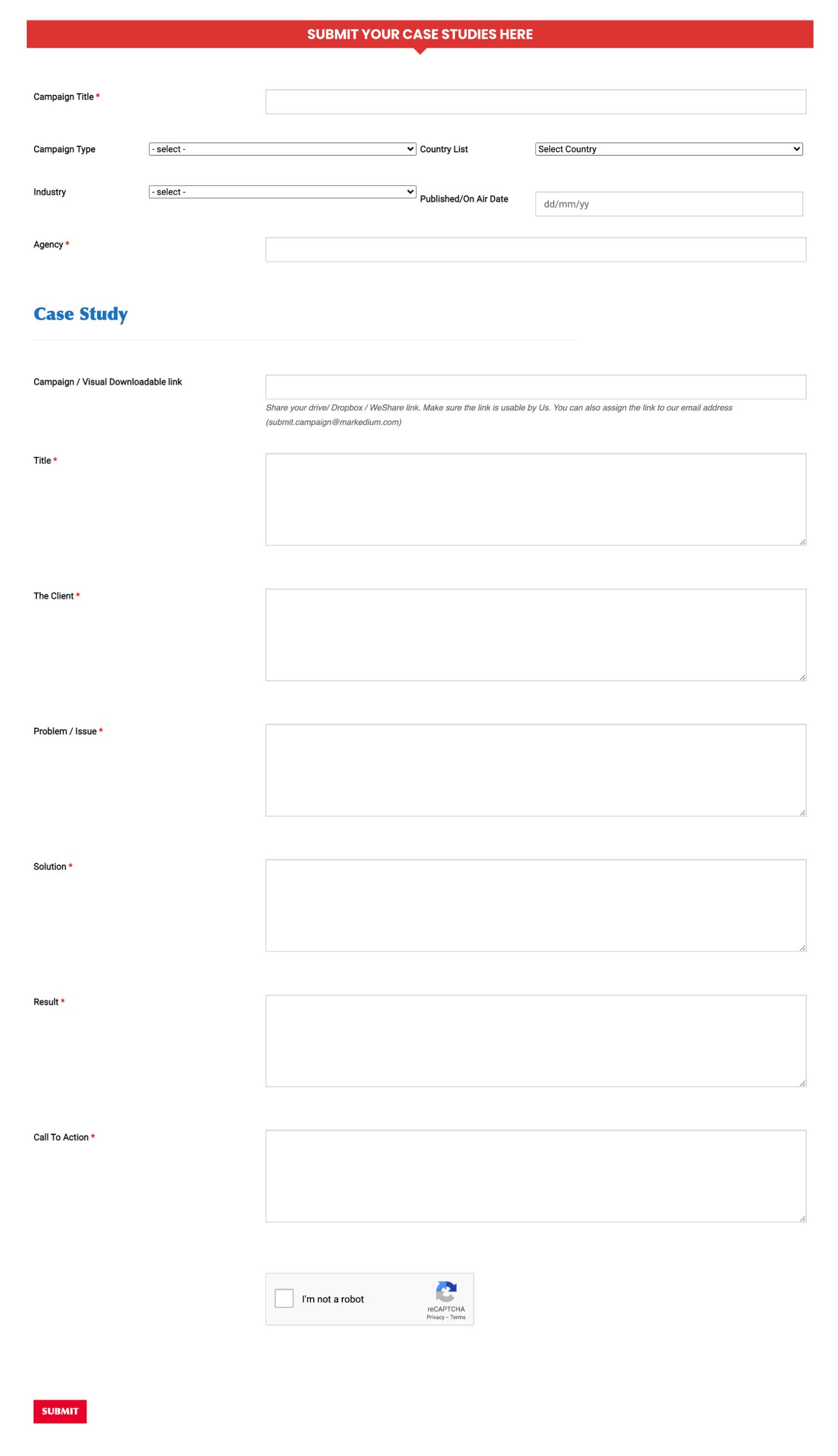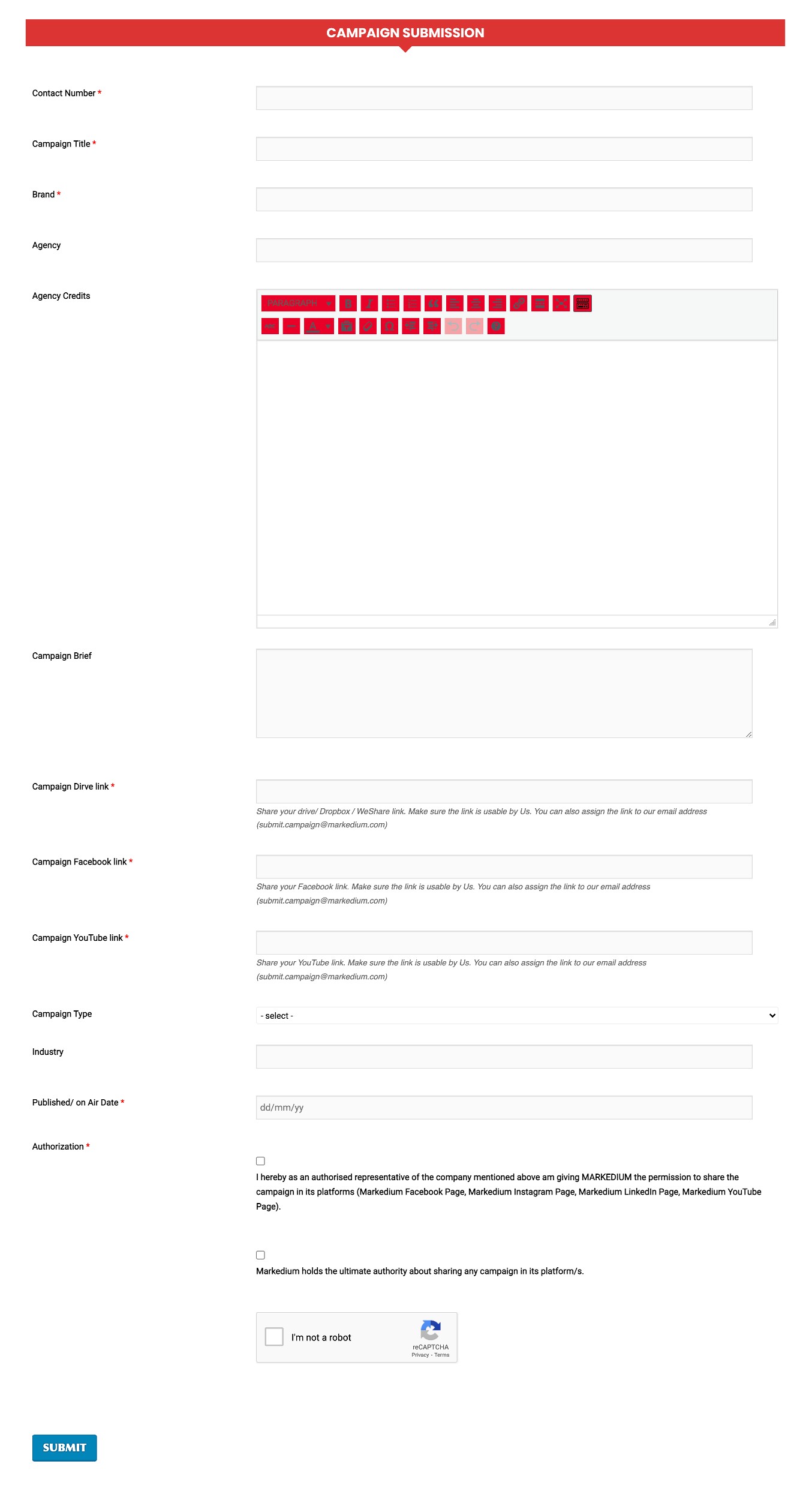
Programmatic Advertising: Towards A Future Of Optimized Advertising4 min read
‘Digital Marketing,’ from when the word was first introduced in 1990 till the final few months of 2021, has seen and commenced some of the most drastic changes in the advertising industry. Changes that now help this immense platform tower over most traditional advertising mediums rendering many effectively useless or creating hybrids with other offline platforms.
As we further dwell into the realm of Digital Marketing, we’re discovering many new methods to make this medium of advertising more streamlined and effective. One method that advertisers recently set their eye on, which has grabbed quite a large market within the US, is Programmatic Advertising.
What is Programmatic Advertising
Although the term might seem intriguing at first, the concept remains relatively similar to most advertising processes. Programmatic Advertising, in simple terms, is the use of AI and Real-Time Bidding to optimize buying and selling of digital Ad space. Advertisers are no longer required to negotiate with publishers, limiting the level of human interactions necessary.
Instead, Ad-Space is purchased in real-time through live auctions conducted within the fraction of a second a visitor takes to load a website. Thus, advertisers can target their customers better, ensuring the campaign is both highly effective and efficient.
How does Programmatic Advertising work?
Although the technical aspect of the process is a fair bit more complicated than the traditional systems, in itself, the idea is relatively easy to grab hold of:
- Setting Targets: Programmatic Advertising allows advertisers to specify the target market, goals, and Budget for a campaign.
- Automating the process: Once set, advertisers forward bids for impressions towards Demand Side Platforms (DSPs), which can automatically purchase ads.
- Publishers Provide Ad-Space: Publishers now utilizing an automated system can sell their ad-space inventory using Supply Side Platforms (SSPs).
- Loading Up a Website: visitors load up a website, an AI algorithm detects the visitors’ preferences and matches this specific inventory to the advertisers set targets using a Data Management Platform (DMPs)
- Placing a Bid: If the DSP detects a match, a bid is placed for the ad inventory, then auctioned off to the highest bidder.
- The winner enjoys the spoils: the highest bids are sent to the publisher, who then serve the advertisers ad onto their website.
Once the ad is placed, the next segment will depend on the visitors; if they click on the ad, the company will convert their bid into a potential customer. Also, it’s vital to note that the process mentioned above all takes place within a fraction of a second.
Why should advertisers adopt it?
Over traditional systems, using an AI algorithm instead hosts a platter of incentives that allow this platform to minimize advertising costs and ensure optimal conversion for money spent. Apart from the more apparent advantages, there are other vital aspects to highlight:
-
Access to Networks
Programmatic buying allows advertisers to set up a one-stop campaign solution, as they provide access to dozens of ad networks. So instead of setting up advertisements for individual platforms, you can bid for ad inventories on multiple platforms such as Google, Facebook, Instagram, Pandora, Adswizz, etc. Running one campaign on all platforms makes the process quick and convenient and saves advertisers a lot of money.
-
Reduce Targeting Errors
If a brand has its target group understandings set and is confident in it, then the most challenging part of the process is cleared. Being run on an AI-based platform allows programmatic buying to take away human error and focus on advertising to people who will generate the highest returns. With errors minimized and specific targets set, wastage can be reduced, allowing the brand to create greater profits.
-
Transparency
One of the key segments of this process is the availability and access to real-time data available at the end of both the publisher and the advertiser. The availability of real-time data and insights allows both ends to react to ad performance reports quickly, allowing real-time ad optimization.
-
Access to all devices
Lastly, the program is applicable throughout all devices used by visitors, regardless of it is a mobile device, PC, or tablet. Advertisers can run an omnichannel strategy for their ad campaigns, ensuring an optimal level of reach.
Although Real-Time Bidding comprises the largest share of programmatic advertising, the system has other types suited to each brand based on its needs.
-
Programmatic Direct
this method also uses AI and machine learning to buy ad slots; however, the advertiser has greater control over this platform. The advertiser can purchase assured ad inventory from a specific set of publishers to be portrayed on particular websites.
The digital age of advertising is still evolving; as the mediums of advertising increase, the processes become more technical yet more specific. As the availability and access to data and information increase, systems become sophisticated. Thus, capable of running at levels of efficiency and optimization that were never possible before—ridding the advertising industry of a critical issue, wastage!
For more updates, be with Markedium.


